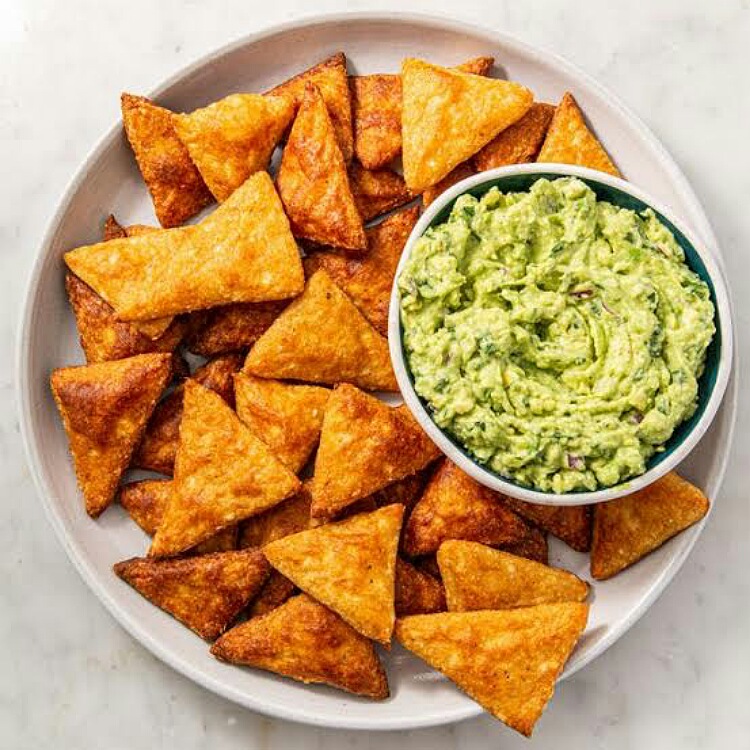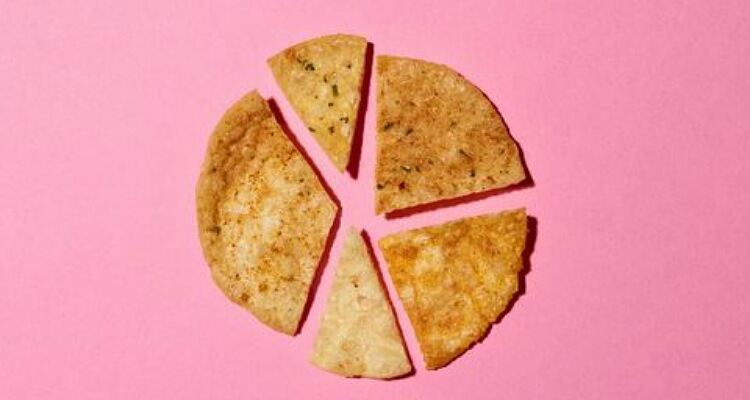The snacks industry is growing phenomenally. The 21st century has witnessed a boom in this industry.
From breakfast cereals to protein bars to chips, you can get the snacks of your choice anywhere in the world including in rural setups. People are increasing their snacking per day. But is this a healthy habit?
Snacking and the 21st century
In the 20th century, there were not so many snacks available in the market. There were a limited number of them such as biscuits and some chips. But the 21st century saw an enormous rise in the variety of these products.
Chips of various kinds, salty and savory mixtures of several types, biscuits made out of other cereals, breakfast cereals, protein bars, and the like can now be found in all grocery shops and supermarkets.
The supply and variety have increased because the demand is there and it is the other way around as well.

People are keen to taste new snack products and the manufacturers are providing them with them. Nutritious and healthy snack labels appear on these products and people now enjoy snacking.
The heavy working schedules leave people with time only enough to have snacks. Vending machines have made it simpler to procure snacks. Boredom also contributes to rising in snacking.
Studies have shown that in 1977 on average a person used to consume 29 g of snacks per day. This has now risen to 89 g in 2015.
Manufacturers are also using all marketing tools to sell their products fast and get more people into this eating bracket. LA entrepreneur Keith Belling says:
“If it doesn’t taste good, it isn’t a snack and it’s just not going to sell,”
He advised new entrepreneurs in this field to also offer free samples to people. If they like the taste, they will be hooked to it for a long. A 2019 Mintel survey revealed that 25% of people snack at least twice a day.
And 9% do it more than 3 times. There are only 12% of people do not take snacks.
Nutrition transition and the consequences
Professor Barry M Popkin of the Gillings School of Global Public Health in North Carolina, 75 states:
“In the 19th century, there was no such thing as snacking,”
“[In the US], there were street foods and fairground foods – like hot dogs and popcorn – but none of the things we think of as snack foods existed.”
But most snacks are fattening. Hence, obesity has tripled since 1975, says a WHO report. It has now reached epidemic proportions.
Hence chronic heart and metabolic conditions are rising even amongst the young and these have caused a strain on healthcare.

Also, by having snacks loaded with calories, we tend to eat smaller major meals or skip them. The nutrition of these meals is lost and our body suffers imbalances.
Snacking upsets the satiety mechanism of the body and this causes a person to have more snacks. It is a vicious circle that results in weight gain.
Anti-snacking advice
Some are totally against having snacks in between meals. Dr. Maximilian Schubert, medical director of the Vivamayr sanatorium in Altaussee, Austria states:
“Your digestive system needs a gap of four to five hours between meals,”
“The problem with eating too frequently is that pre-digested food and fresh food get mixed in the stomach. It will be passed on to the gut not perfectly prepared and cause bad digestion.”
Also, read here Megan Fox and her healthy five-factor eating routine: breakfast, lunch, dinner, and two snacks

Sanctification is not good. Habits die hard but try to break this habit. Have meals at the proper times. Restrict eating only to mealtimes.
Snack on a healthy alternative such as fruit instead of ready-made foods. Differentiate between hunger and thirst, especially in the evening time.